Specific Uses of Cutting/Scriber Tools
An explanation of common cutting/scriber tools, mainly used in the field of carpentry and other distinct craftsmanship.
Scriber
Size: 87mm to 187mm
Material: Steel
Use: To scribe a line when marking out metal
The scriber is a sharpened steel tool used for scratching or marking line on metal. The simplest scriber has a single point and a knurled shaft for a positive grip. More elaborate scribers are double ended, with fixed or detachable points, or they may be like mechanical pencils, with detachable tungsten carbide points, stored conveniently in the body of the tool. Double ended scriber sometimes have a knife edge at one end for marking wood as well as a pointed end for metal.
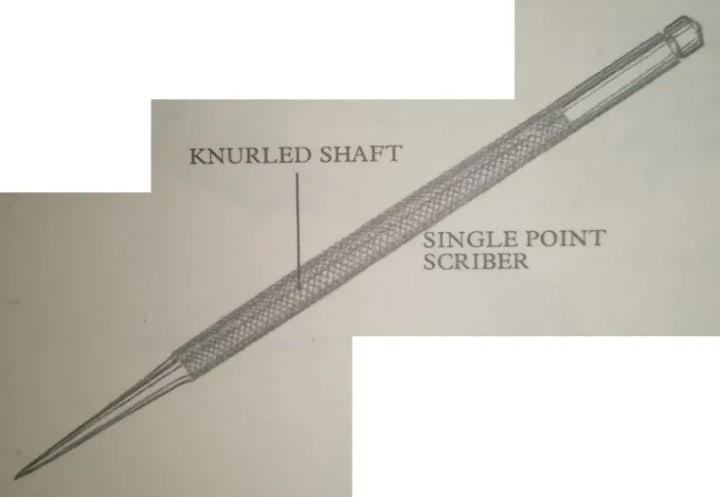
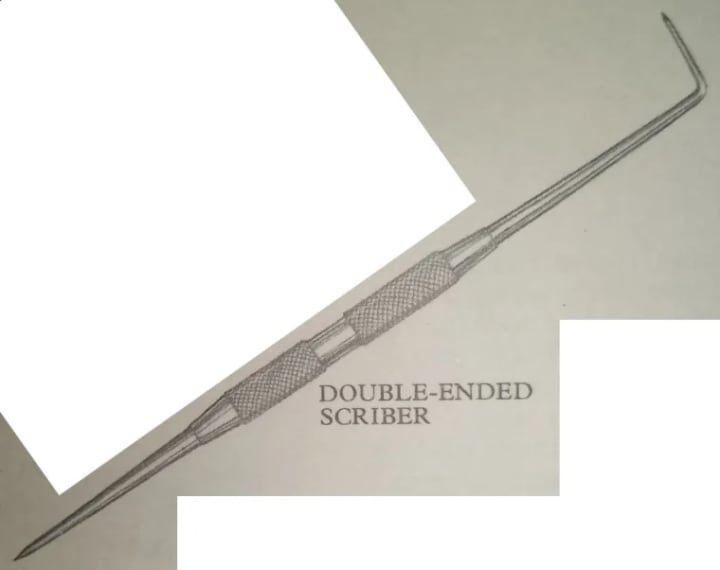


Using a Scriber Part 1
Mark each end of a line to be scribed on metal and join them by a steel rule. Make sure that the actual point of the scriber runs against the rule. Use an engineer's try square to mark a line square to an edge. Position the scriber on the mark and carefully butt the square up against it. Holding the try square firmly with one hand, pull the scriber towards you.
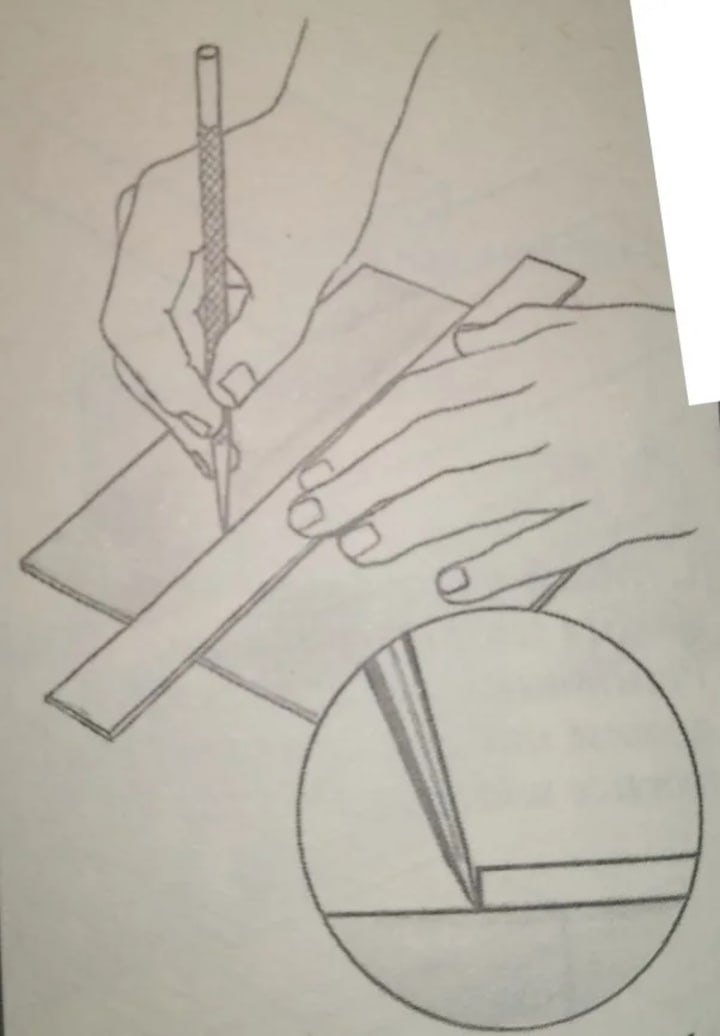
Using a Scriber Part 2
To mark a line parallel to a surface, improvise a surface gauge on a flat surface such as a sheet of glass or shipboard. Pile up blocks of wood or metal to position the scriber at the required height when it is laid flat on top. Small adjustments can me made by adding strips of cardboard or sheet metal. Place the workpiece on the surface aligning the mark with the point on the scriber. Hold the scriber firmly in place with one hand and rotate the object against the point to mark a line.

Glass Cutter
Size: Various
Material: Cutter- Steel, Diamond , , Holder- Zinc, Glass Fiber or Hard Wood
Use: To scribe glass for cutting
A glass cutter is a hardened steel wheel or a chip of industrial diamond mounted in a holder. Better quality tools have replaceable wheels. It is used to score a line across a sheet of glass; bending or shocking the glass on this line encourages it to split along it. Before you begin to cut glass, lay a blanket or a sheet on chipboard to make a cutting table. Clean all grease from the surface of the glass with paint thinner - greasy glass will not cut evenly - and lubricate the cutting wheel with oil.
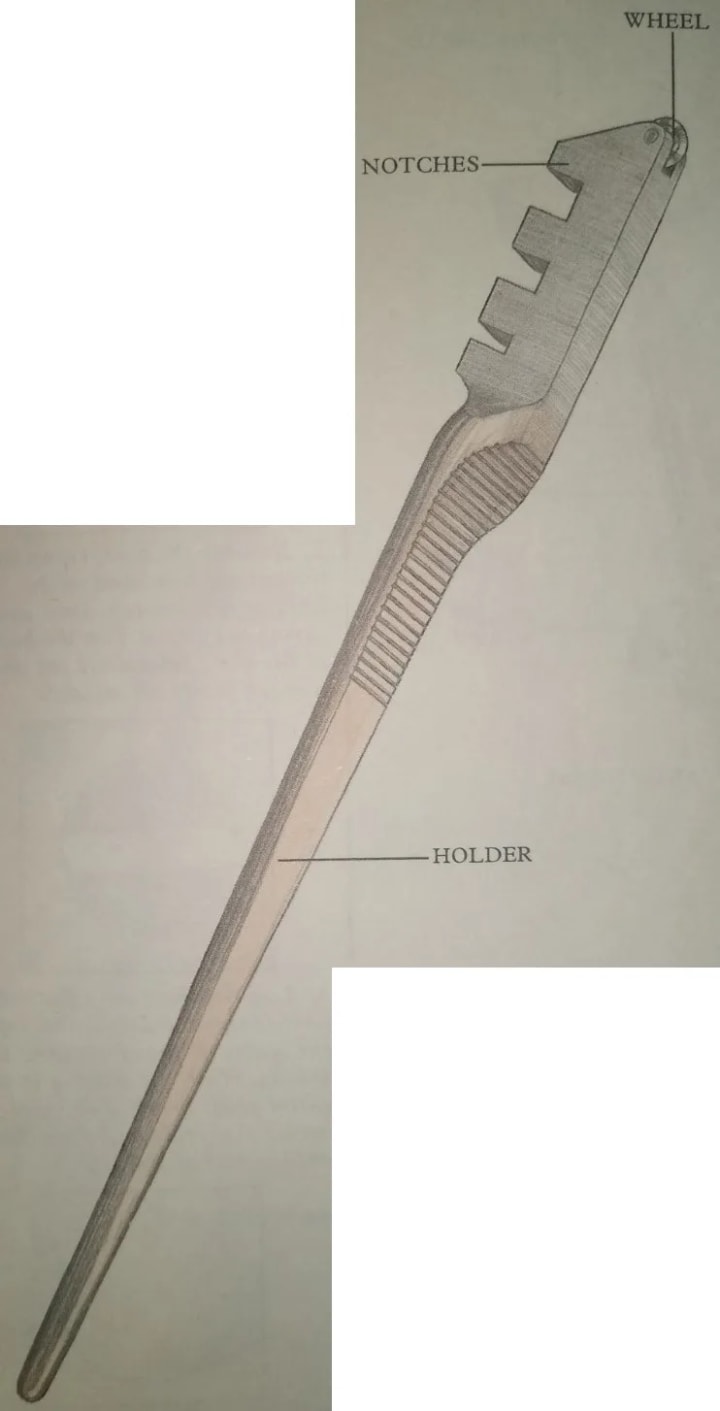
Cutting Glass Part 1
Hold the cutter between fore-finger and middle finger and support it with the thumb. Nick the edge at the glass to mark the line and align a glaziers "T" square or wooden straight edge. Place the cutter in position and butt the rule against it. Holding the cutter at an angle to the glass score across the glass. (A sharp cutter will make a grinding noise.) Make sure the cutter runs from the far edge, but lessen pressure as it runs off the near end to avoid chipping.

Cutting Glass Part 2
Tap the underside of the line with the back of the cutter. Lay the glass on strips of wood aligned with the scored line and press down firmly on each side of the line to split the glass.

Cutting Glass Part 3
Thin strips can be removed from a sheet by holding each end of the line with gloved hands and snapping along the line. Where necessary finish the sharp edges with an oilstone.

Circle Glass Cutter
Size: To cut circles up to 250mm in diameter
Material: Shaft/Base- Brass, , Cutter- Steel
Use: To scribe a circle on a glass
The cutting head of the circle glass cutter can be screwed on at right angles to the axis of the shaft for cutting circles, or in line for cutting straight lines. The shaft runs in a swivel base which is held on the glass by a rubber suction pad. A knurled clamp screw locks the shaft in position. Notches on the shaft can be used to nibble the glass.

Cutting a Round Hole Section 1
Stick the base in the center of the intended circle and with the cutter lubricated with oil, revolve the cutting head to scribe the circle in the glass.

Cutting a Round Hole Section 2
Remove the base, reposition the cutting head and scribe lines approximately 3mm apart across the circle. Tap the back of the glass behind the cut until a crack starts all round.

Cutting a Round Hole Section 3
Lay the sheet on a flat table, scribed surface down, and tap the center of the circle until it breaks. With the notches in the cutter shaft, break a channel across the circle and then take out the rest of the glass.

Cutting a Disc
Scribe the circle as above and tap the back of the glass to generate a crack all around. If necessary, scribe tangential cuts on the face of the glass and remove the waste.

Tile Cutter
Size: Various
Material: Steel
Use: To scribe tiles for cutting
The simplest tile cutter is a square sectioned steel shaft with a pointed tungsten carbide tip. It is used to score a line on the glazed surface of a ceramic wall tile prior to snapping it off.

Cutting Tiles (Part 1)
Where a gap occurs at the end of a run of tiles, set another tile against the wall and mark the reverse allowing for the joint between.
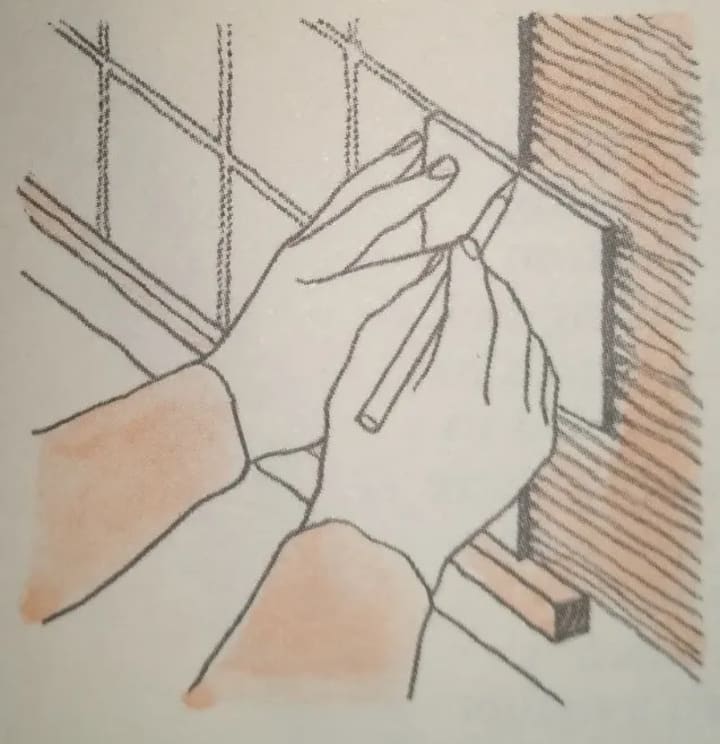
Cutting Tiles (Part 2)
Score across the glazed surface with the tile cutter against a steel rule. Run the scribed line across both edges.
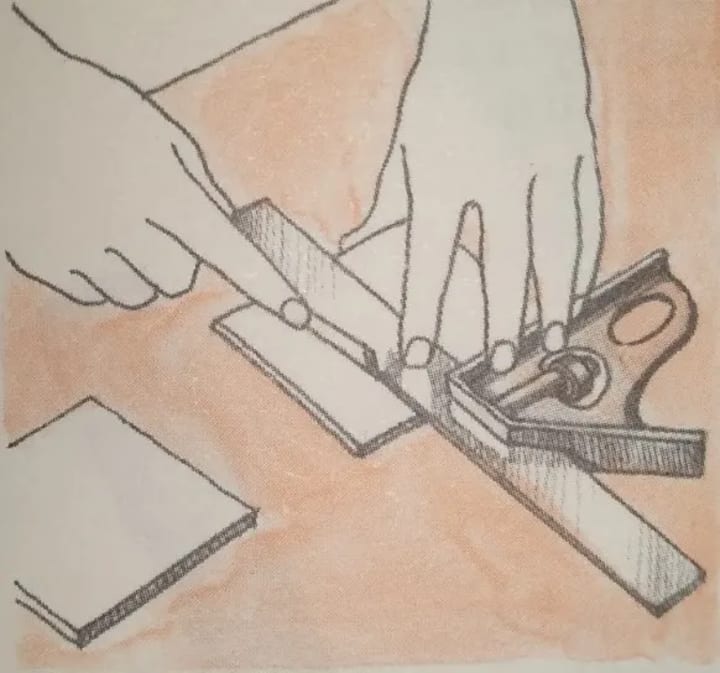
Cutting Tiles (Part 3)
Place the tile, glazed side up, on matchsticks aligned with the score line. Press on each side of the line to snap along it.

About the Creator
Temoor Dar
💡Topic: Entrepreneur and Writer💡
♟️Hobbies: Traveling, Poems, Playing Chess and Solving Puzzles♟️
🎂Born: July 7, 1991🎂
📍Born in Stockholm, Sweden, and now a Londoner since 1996📍
📚Lifelong Learner📚
🌟Wisdom from Mentors🌟







Comments
There are no comments for this story
Be the first to respond and start the conversation.